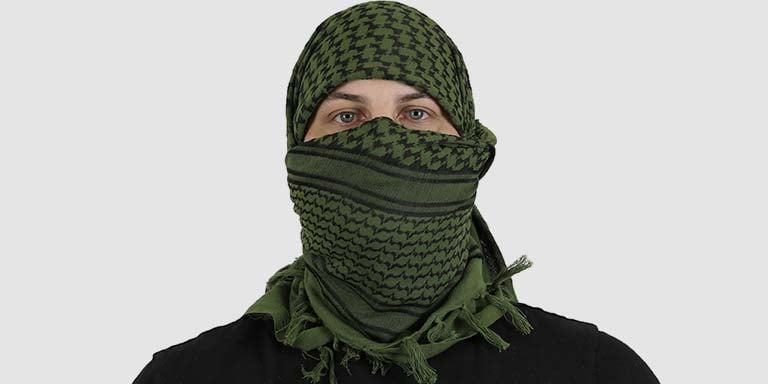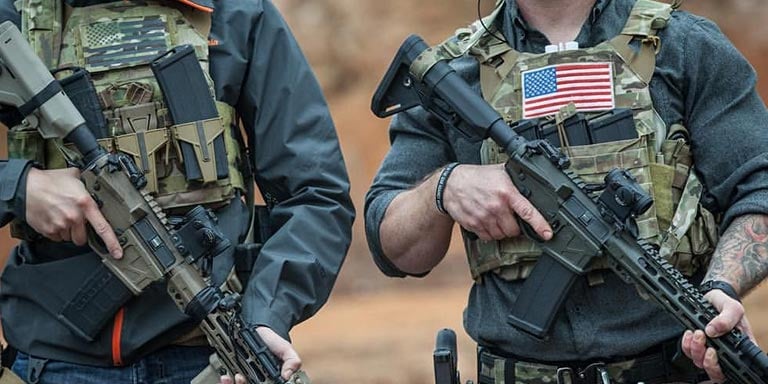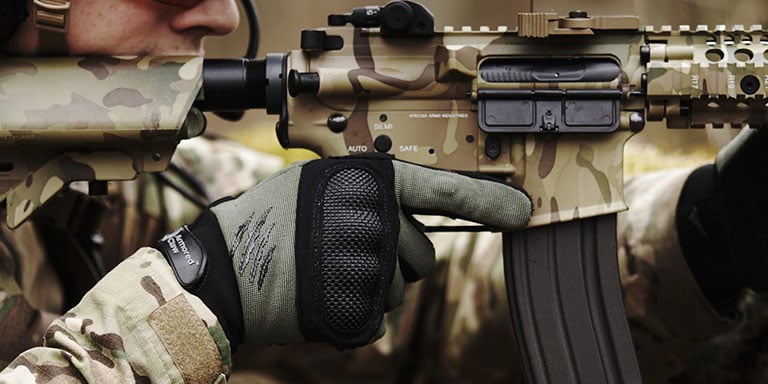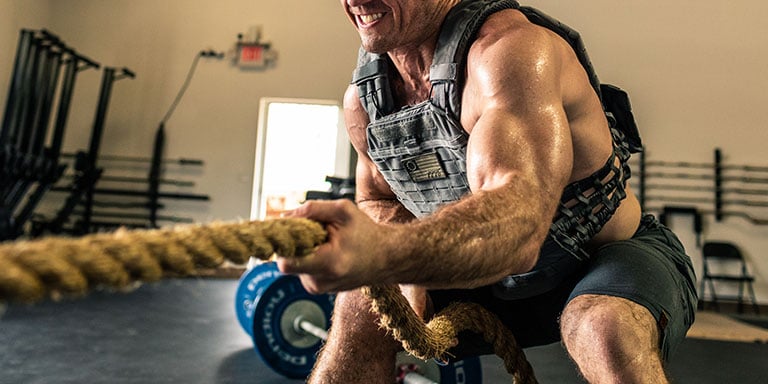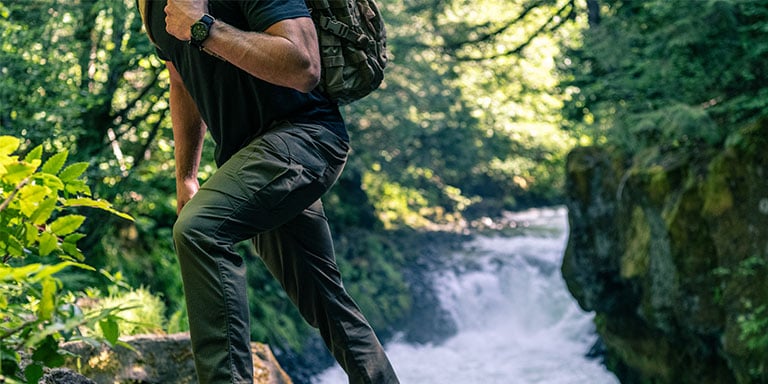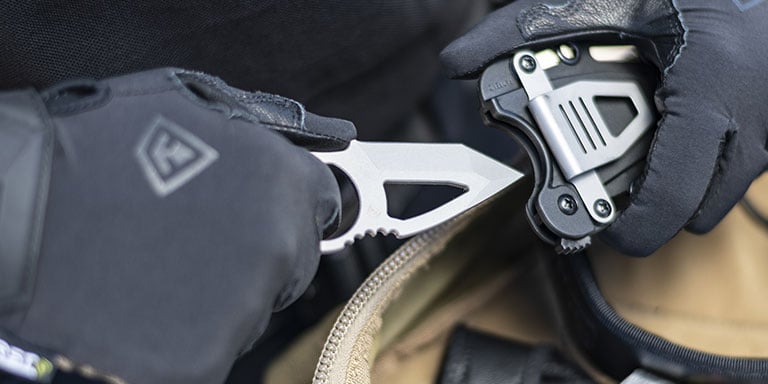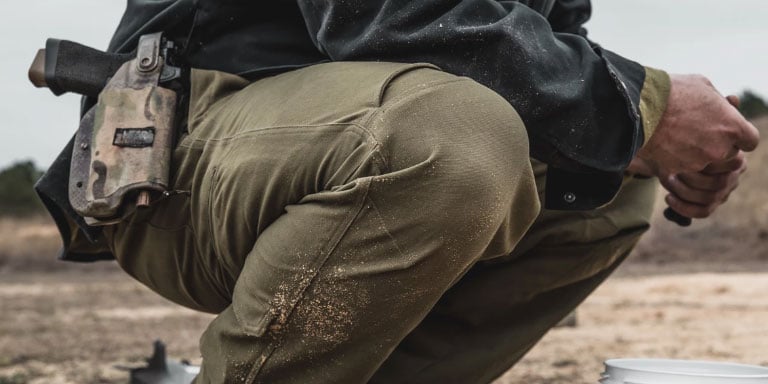
Planning on picking up a new pair of tactical pants? With the abundance of styles, fabric options and features available, the choices can seem infinite. There are four main areas you will need to focus on.
- Tactical Pants Type: The style of pant factors heavily into its performance.
- Tactical Pants Features: These are the refinements that affect how these pants work for you.
- Tactical Pants Materials: Fabric type is directly tied to your comfort and agility.
- Tactical Pants Fit: Read our tips on how to find the perfect fit.
Types of Tactical Pants
Overt
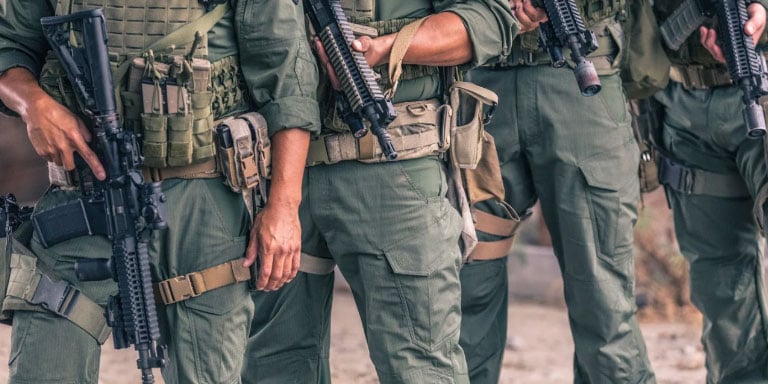
Overt tactical pants mimic military uniforms with combat features like deep-set cargo pockets allowed for ample storage and convenient carry. They look very similar to BDU pants, the legendary battle dress uniform worn in combat until the 80s. If functionality is the priority, overt tactical pants are your speed. Extensive storage space and specialized pockets make this style ideal for outdoor excursions, range days and combat situations where performance is paramount.
Covert
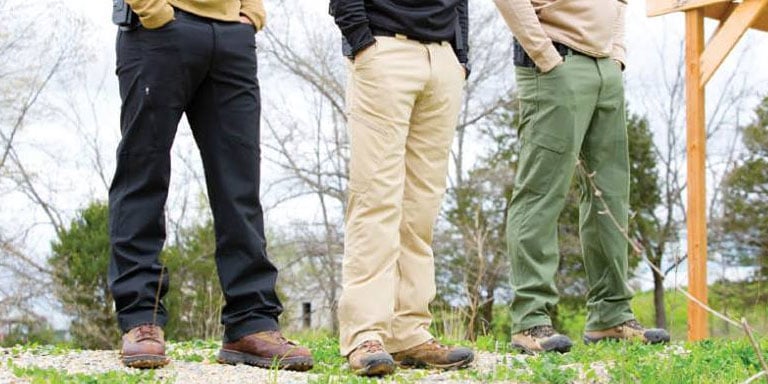
As tactical pants became associated with law enforcement, wearers lost the tactical advantage of not being recognized as someone carrying a weapon. Federal agents and undercover officers specifically required the ability to go unnoticed. Tactical brands evolved to meet this need and soon began developing covert designs to complement their overt styles already on the market.
Tactical Jeans
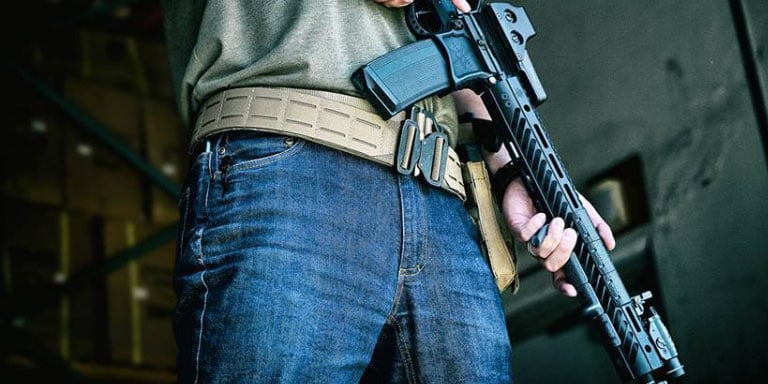
Tactical jeans take the low profile look one step further. From the backcountry, to the range, or even a quiet day indoors, these tactical pants will look right at home. This denim packs ccw functionality into an unassuming look.
EMS / EMT Pants
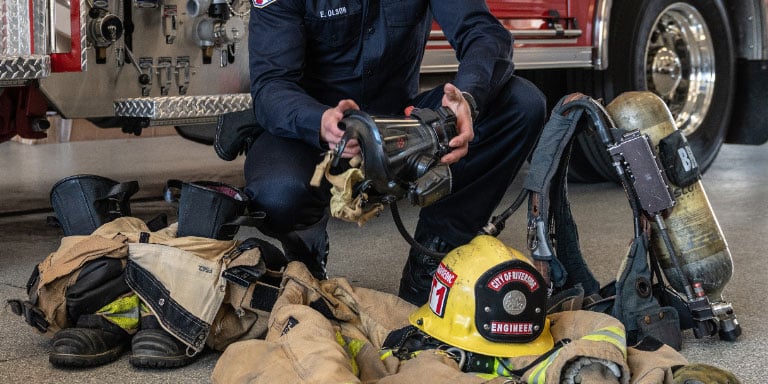
Emergency medical personnel need pants that will hold up to their demanding jobs. EMS Pants utilize specialized compartments for medical tools and other essential gear.
Tactical Pants Features
Pockets
The standout feature on any pair of tactical pants are the pockets. Through years of innovation, pocket types and functionalities have multiplied. Below we identify the most popular pocket designs along with the typical use-case and associated benefits.
-
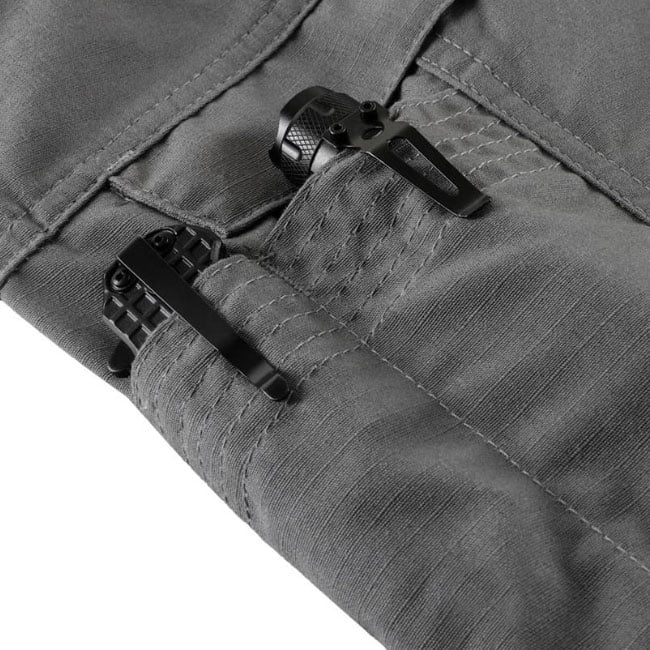
Knife Pockets: Most premium tactical pants will feature a pocket designed specifically for a pocket knife. Identify these pockets by specialized features such as a long narrow shape and a flat-edge, reinforced bottom. Many have double-stitched openings to withstand the weight of folding knives with a built-in clip. Shop Tactical Knives
-
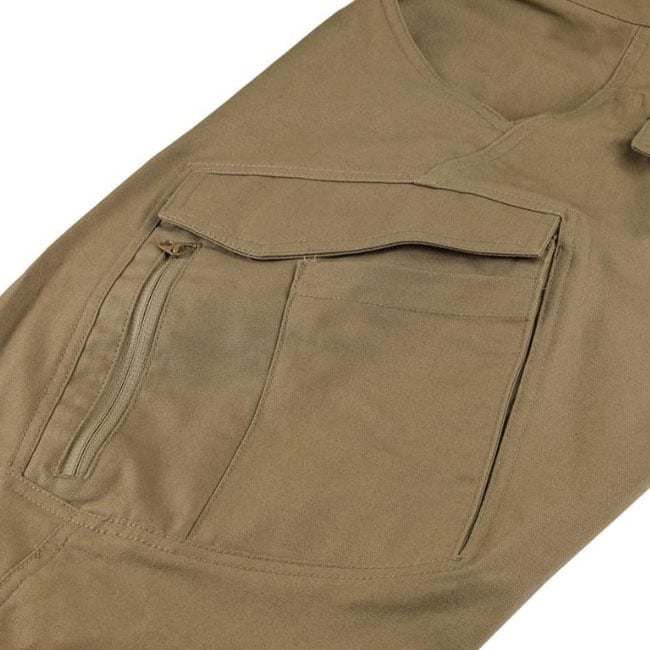
Cargo Pockets: A trademark of the original tactical pants, cargo pockets became a staple due to the optimal storage space they provide.
-
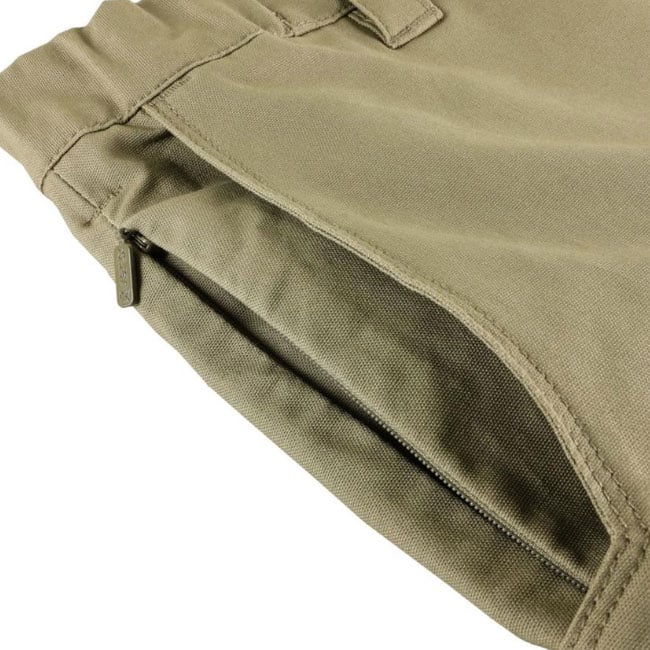
Hidden Pockets: Just because a pocket isn't cargo, doesn't mean it isn't tactical. As stealthy styles gained popularity, so did a preference for discreet pockets. Many are hidden in side seams, behind other pockets and inside the waistband allowing sensitive items to be stowed secretly.
-
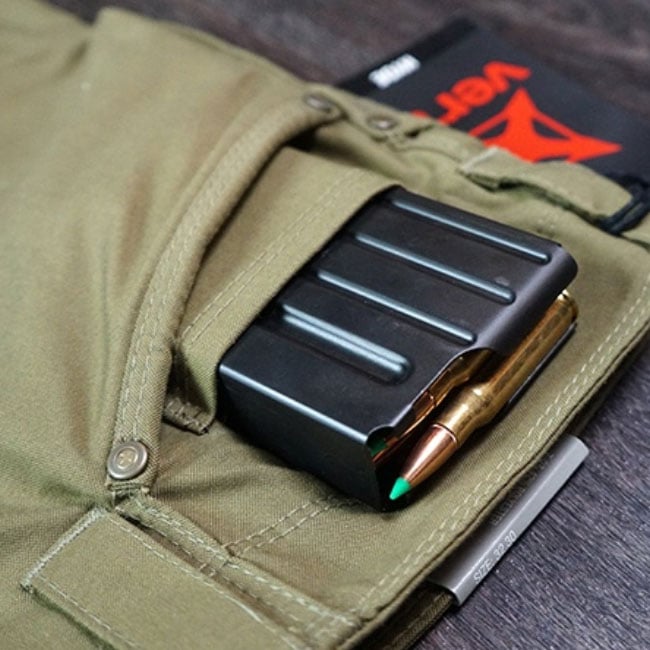
Magazine Pockets: Gun enthusiasts and competition shooters swear by tactical pants for one premier reason: the magazine pocket. Never run out of ammo when your magazines are stored securely on your person in a pocket sized specifically for this purpose.
-
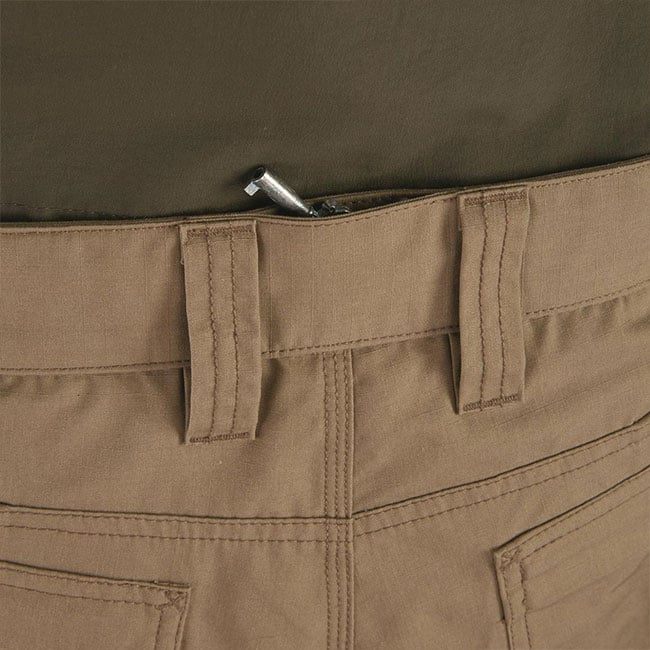
Handcuff Key Pockets: This pocket type is a helpful advantage for law enforcement, security and corrections professionals. Handcuff key pockets are usually located in either the inside cuff of pant legs or inside the waistband, ideal for discreet key storage.
-
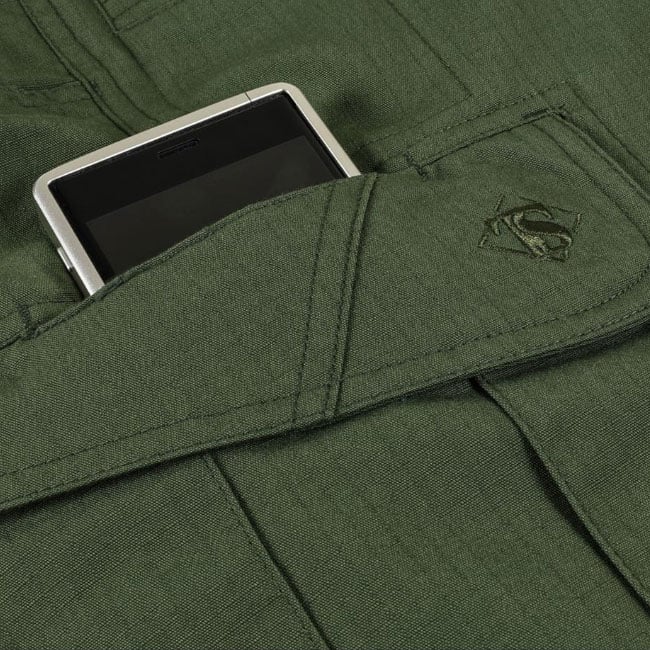
Media Pockets:As technology advances, so do tactical pants. Most styles designate a cell phone pocket designed to fit modern phones and media devices.
-
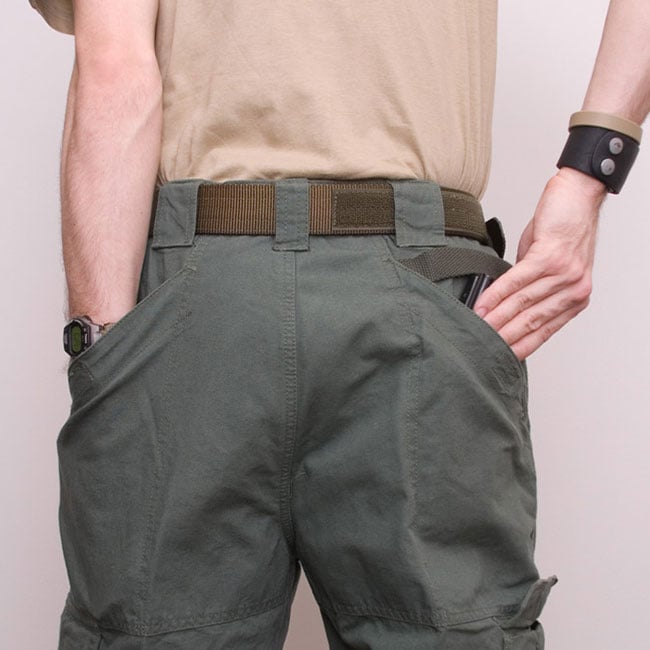
Slash pockets: This design is recognized by its signature slanted top. This feature eliminates extra fabric allowing for quick and efficient access.
-
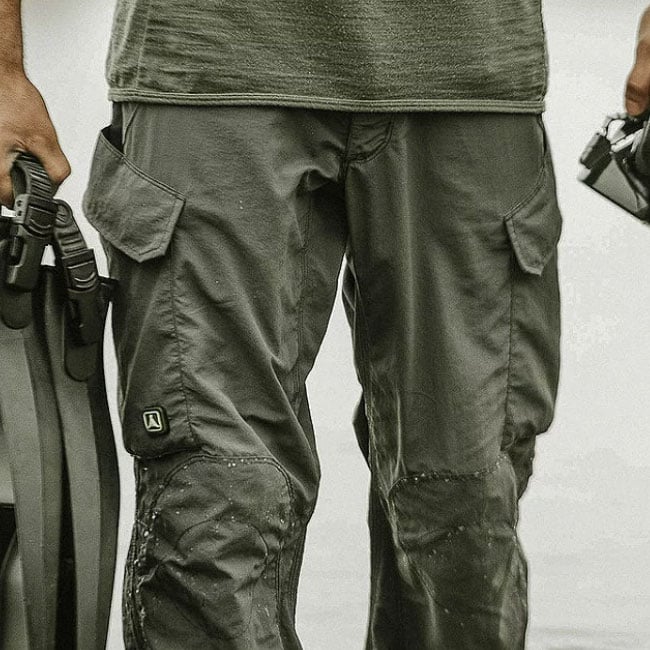
Symmetrical pockets: Great for the ambidextrous or the rare lefty, a symmetrical pocket design features identical pocket placement on both right and left sides.
-
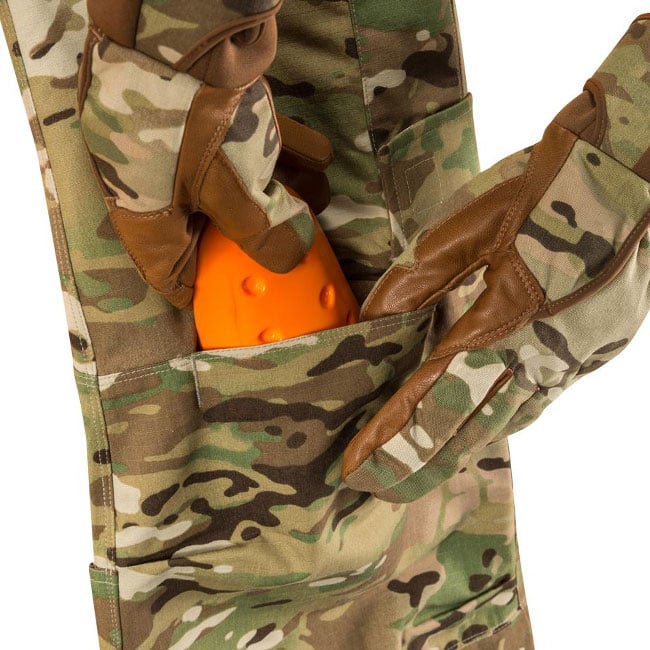
Knee Pad Pockets: A must-have for operators, these pockets allow for knee-pad inserts to cushion joints during strenuous combat situations.
Pocket Closure
While the style of a pocket closure may seem insignificant to the average customer, it can be a game changer for tactical professionals that have to consider every detail.
-
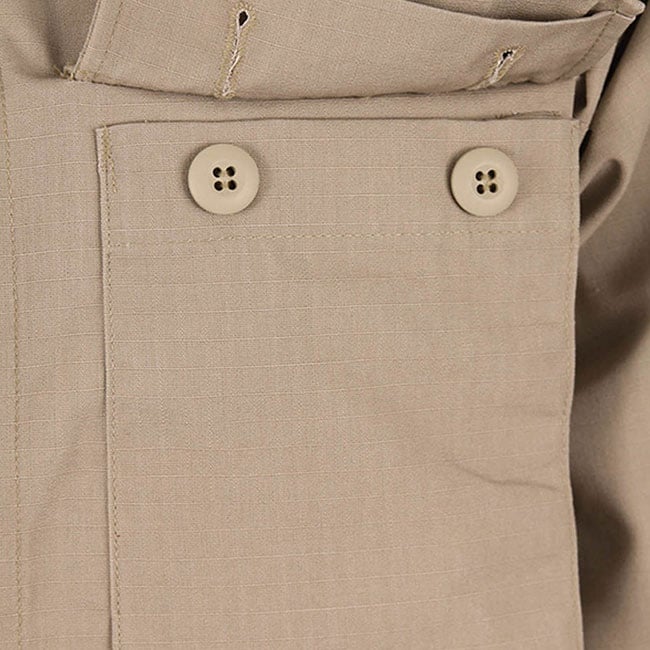
Buttons: The most traditional—and outdated—closure type is buttons. Used on the Army battle dress uniforms retired in the 1980s, buttons offer a vintage look without much security or comfort. As a result, this closure type is no longer common.
-
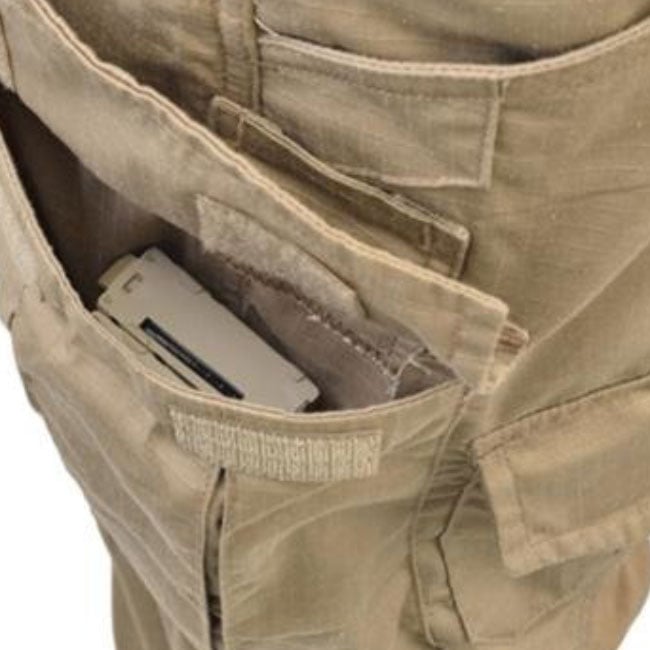
Hook-and-loop velcro: A top choice for pocket closure because of its reliability. Not only does it keep items secure, it's also easy to repair when it starts to show its age. However, hook-and-loop velcro has one major disadvantage — the noise. The loud, distinctive sound of velcro tearing open makes accessing gear undetected difficult.
-
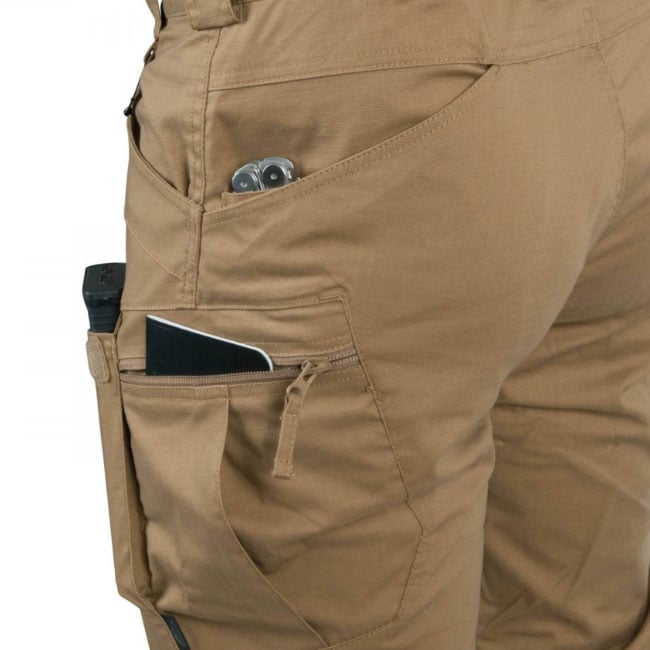
Zippers: An alternative closure type that eliminates the noise issue. This, along with the high-level of security, make zipper closure a top choice in covert pant options.
Whatever your choice, look for brand names like Prym (for button snaps) and YKK (for zippers) to detect higher quality hardware unlikely to break or blow out.
Concealed Carry (CCW)
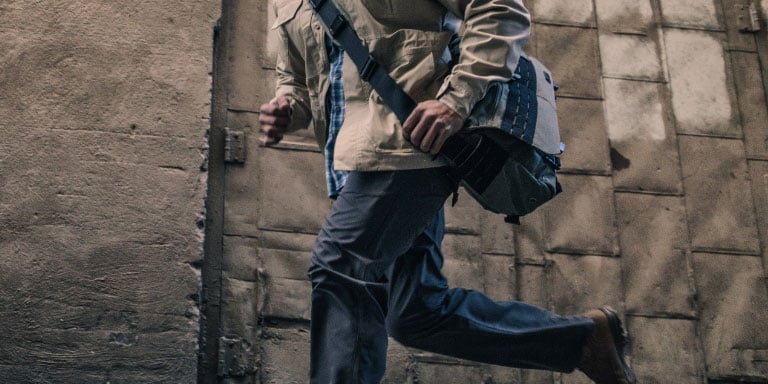
Manufacturers are hyper-aware of the challenges that come with carrying a concealed weapon, and have thought of intelligent solutions. Fabrics are thoughtfully chosen to avoid printing of the weapon through the material. Deep inset pockets also help conceal your weapon.
When comparing tactical pants to other slacks and jeans on the market, you'll notice the belt loops are slightly larger and wider. This additional fabric, paired with reinforced stitching, offer extra support for guns and holsters.
Covert designs allow you to CCW without drawing attention to yourself. They look just like regular slacks, allowing you to wear them to dinner, or out about town without tipping off anyone that you might be carrying.
Reinforcements
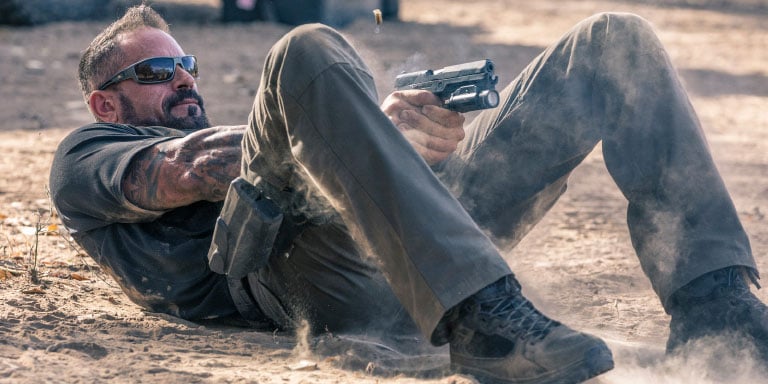
Durability is a consideration for any apparel shopper, but it reaches another level of importance for tactical pants customers. To get the most out of your pants, looks for styles with these reinforcements:
Knees: Crouch, crawl and kneel without worry of wearing your pants out. Many tactical pants offer reinforced knees in place of, or in addition to, knee pad pockets.
Seat: Nothing ruins a day quite like ripping your pants in an area not usually reserved for the public. Unfortunately, this event is so common that tactical pants manufacturers began incorporating extra stitching into the seat and crotch for a little extra reliability.
Belt Loops: Guns, holsters and duty belts are not light, but tactical pants are built to handle it. Specialized stitches prevent belt loops from sagging and ripping under the weight.
Mobility
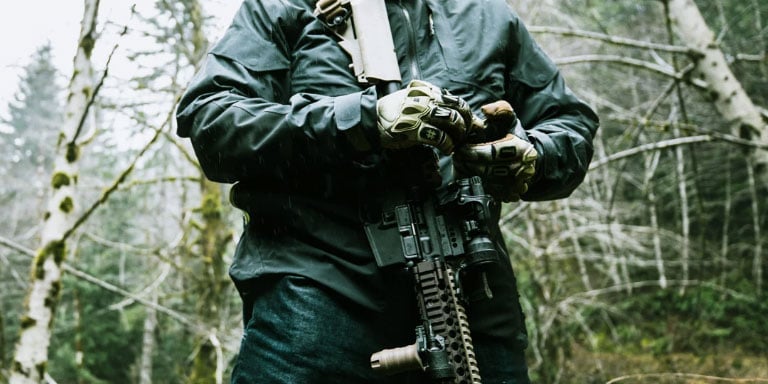
Tactical professionals have jobs where every second counts. Your clothes shouldn't hold you back from hitting peak performance. That's why tactical pants are engineered with a focus on mobility.
-
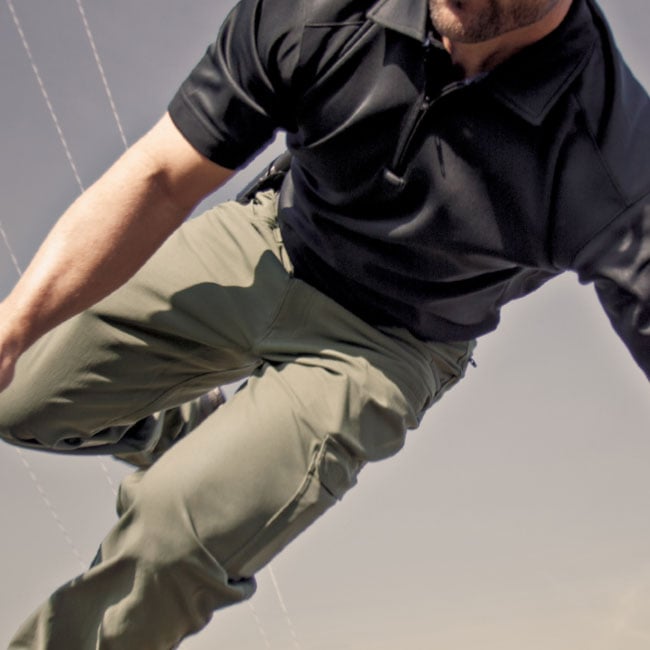
Gusset crotch
-
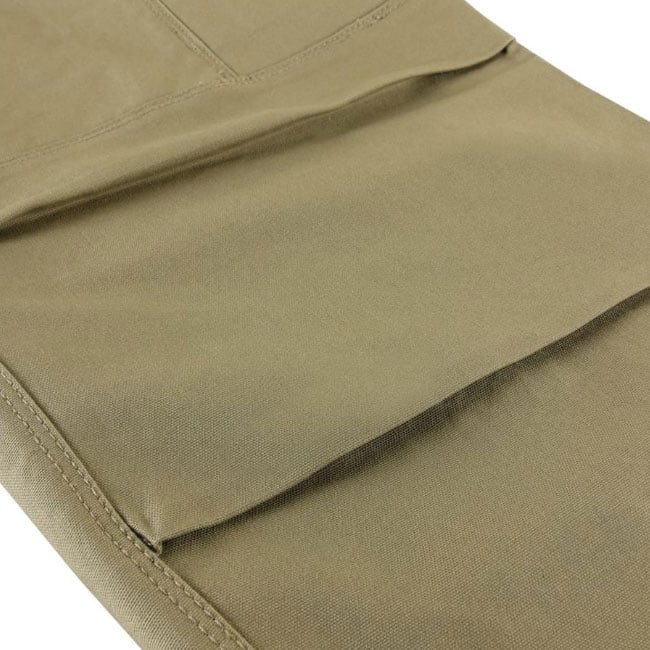
Articulated knees
Most modern pants are outfitted with a gusset — an extra piece of fabric, usually triangular or rhomboid in shape and sewn into the crotch. This added fabric releases tension in other areas of the pants and allows for quick mobility.
Premium pants will feature articulated knees. The shape is cut to accommodate the joint, eliminating unnecessary fabric for an ergonomic fit. This streamlined construction allows for a full range of movement.
-
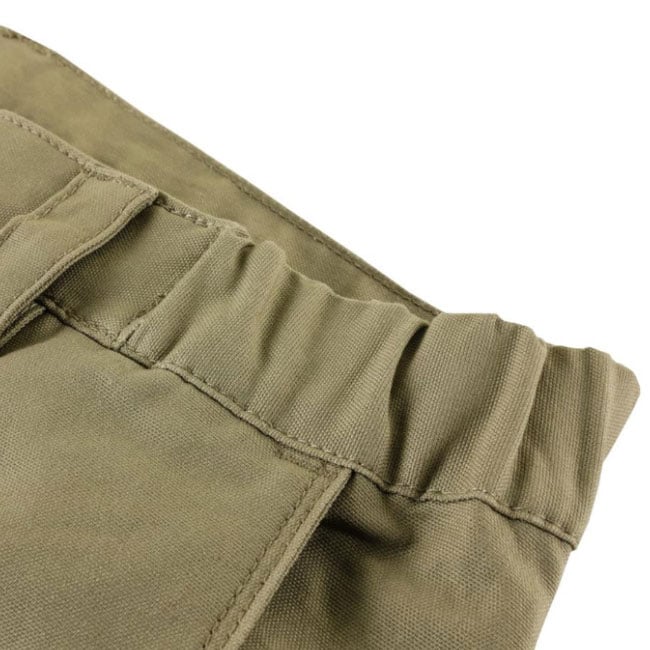
Expanding waistband
-
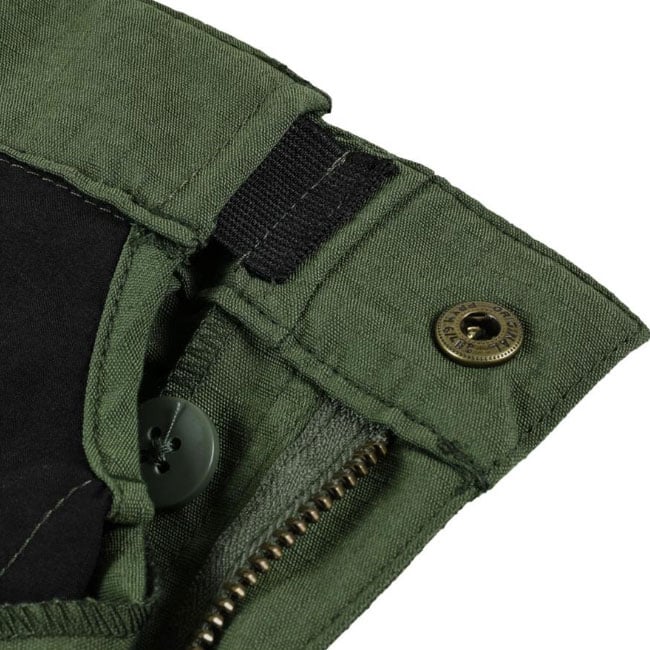
Sliding elastic waistband
Look for features like an expanding or elastic sliding waistband, which not only aids in ease of movement but also adds additional comfort when on the go.
Tactical Pants Materials
You should always give some thought to the fabric you select for that next pair. Determining the correct weight and flexibility will help you avoid overheating in blazing temps and prevent an unfortunate crotch blowout. It's important to understand the nuances of fabric weight, weaves and types to get the best fit for your lifestyle, as well as the best bang for your buck.
-
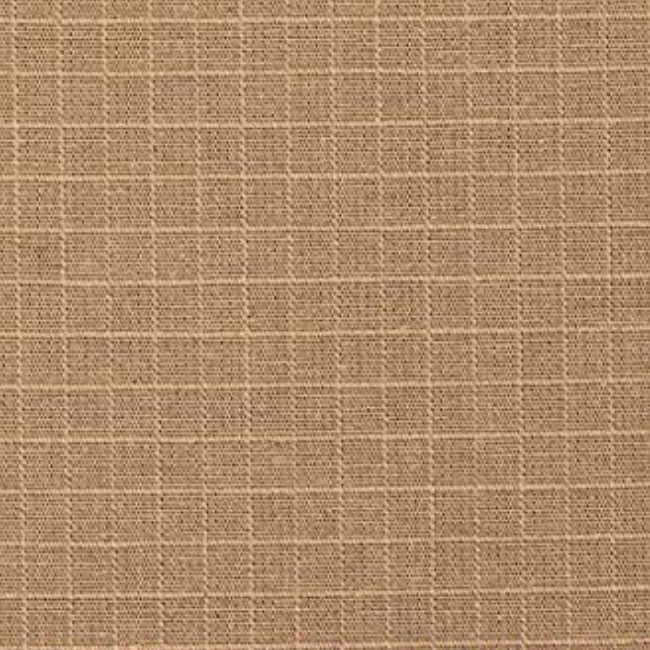
Ripstop weave
-

Twill weave
Weave: Ripstop is a fabric weave known for its durability. Aptly named, the checkerboard weave prevents tears and abrasions while keeping the fabric weight down. Twill is another popular weave known for its traditional appearance. The parallel diagonal ribs make for a heavier, pliable fabric. The textured design helps minimize the appearance of stains and soils. This high thread-count fabric weave is also wrinkle resistant.
Stretch: Recent technology allows stretch fabric to maintain its shape and integrity better than ever before. Look for fabrics with blends of spandex, elastane or neoprene to get the most movement out of your pants.
100% Cotton: Cotton tactical pants have one major advantage — breathability. Cotton is an extremely breathable fabric, perfect for keeping legs feeling breezy. However, the downside is cotton is more prone to shrinking and wrinkling. It also is a heavier weight fabric, ideal for colder climates and seasons. Shop 100% cotton tactical pants
Polyester / Cotton Blends: A polyester blend won’t be as breathable as a 100-percent cotton, but it makes up for that with durability. The addition of synthetic fabric makes tactical pants more shrink, fade and wrinkle resistant. Polyester cotton blends are a popular choice for tactical clothing because they draw a good compromise between the advantages and drawbacks of each material. Shop polyester / cotton tactical pants
Nylon / Cotton Blends: Like polyester, nylon is a popular fabric choice because it’s lightweight, durable and has great wrinkle and shrink resistance. While polyester is known for being quick drying, nylon blends are softer and stronger. Shop nylon / cotton tactical pants
Fabric Treatments: Fabric treatments can help you get the most out of your apparel. Many pants on the market are treated to make them water and stain resistant, which also helps extend the life-span of the garment. In addition, it prevents the fabric from absorbing water — which would make the pants heavy, uncomfortable and less mobile.
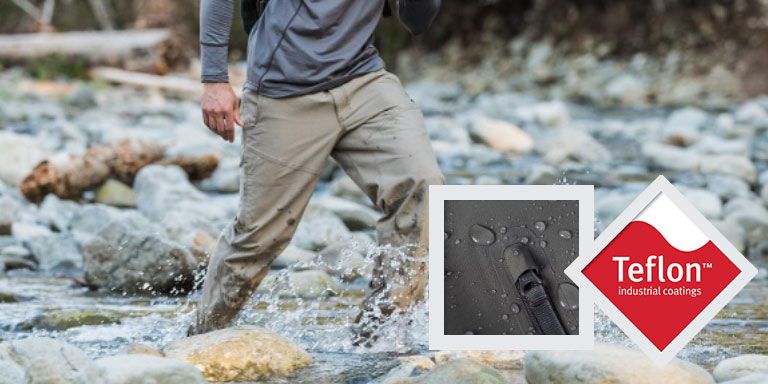
When shopping you'll see names like Durable Water Resistant (DWR) and DuPont Teflon. These are treatments that cover the entire garment so liquid rolls right off. After many washes, the effect of these treatments will eventually start to fade. If you're willing to spend a little more, some higher-end options have water-repellent treatments baked into the fabric before it is weaved. This will not only allow it to last longer, but also promotes a softer, more comfortable fabric feel.
Fabric Weight: Fabric weight on tactical pants ranges from 5 to 9 ounces per square feet. The very first tactical pants weighed in a little heavier, above 7 ounces. You might see these heavier pants labeled as "original weight" in reference to the original tactical pant constructions. As fabric technology evolved, lighter pants started hitting the market. Pants under 7 ounces are considered "lightweight" and are ideal for warmer climates and seasons.
Tactical Pants Fit
-
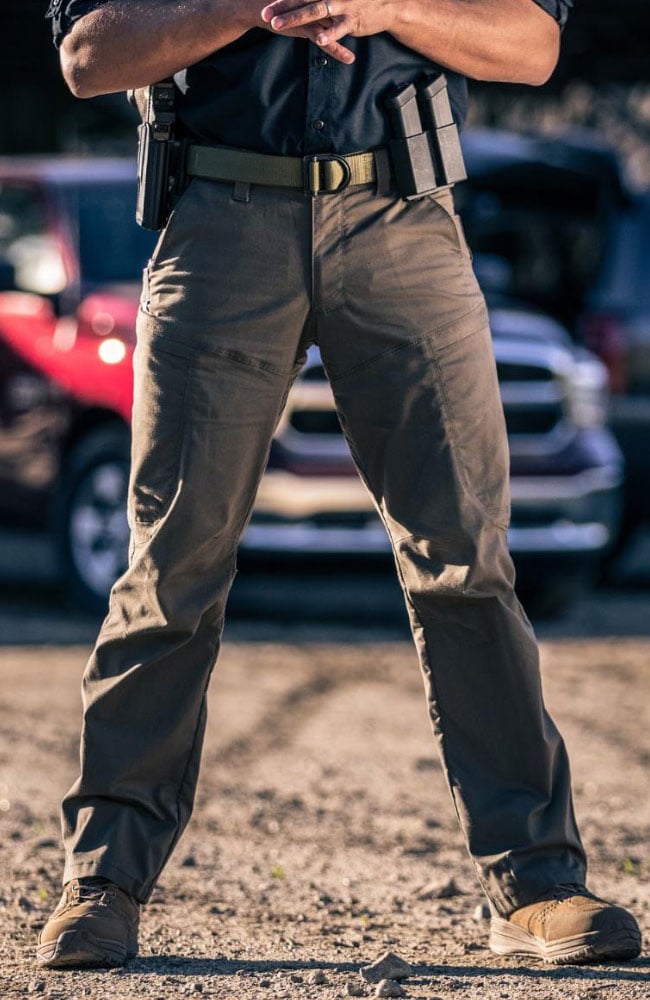
Relaxed Fit: Roomy and casual, relaxed fits are ideal for the comfort-focused customer. Shop Relaxed Fit
-
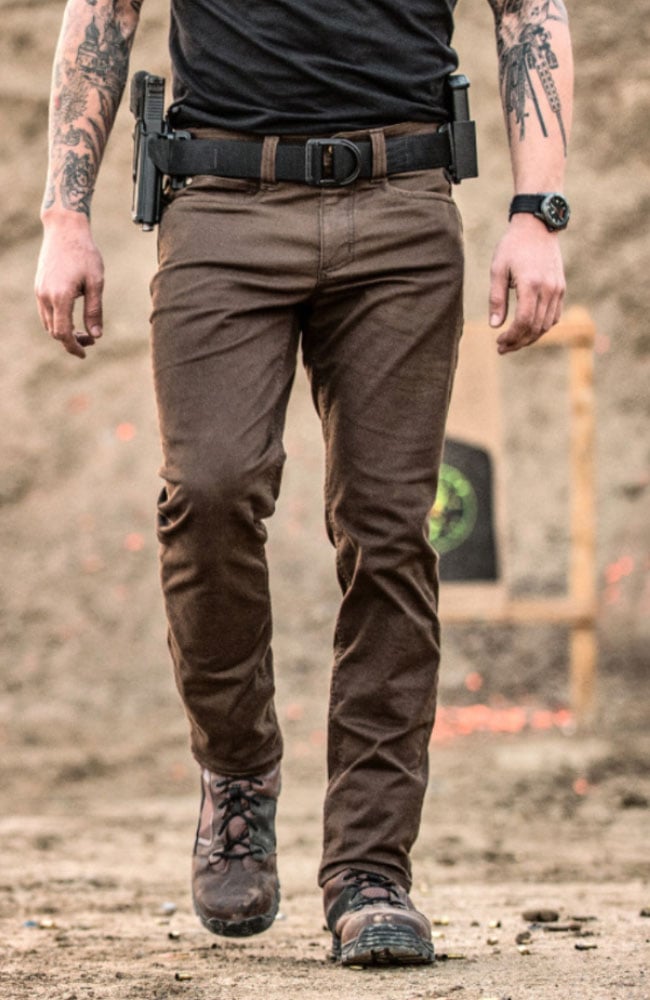
Slim Fit: Slim is not a synonym for skinny. These trousers are not form-fitting, but instead are cut close to the leg for a polished, yet still functional appearance. Compared to a relaxed fit, slim fit is more formal and fashion-forward. Shop Slim Fit
Find Your Size: Find Your Size: To find your correct size, you will need to find your waist and inseam measurements. To find your waist size, you'll need to measure your waistline with a flexible sewing tape measure. Without sucking in or puffing out, wrap the measuring tape around your stomach directly below your belly button. Make sure it's lying flat on your skin and isn't twisted or flipped. We recommend putting one finger in between your skin and the tape to ensure your pants don't fit too snugly.
Once the tape measure is wrapped around your waistline, take note of the number the metal tab hits in inches. This is your waist size.
To find your inseam, grab a pair of your best-fitting pants. Lay them down on a flat surface and fold them in half lengthwise, making sure the legs are lined up equally and that any folds are smoothed out. Lift up the top pant leg and pull it back over the waistband to reveal the inseam. Locate the spot where the crotch seam meets the seam that goes down the pant leg and measure all the way down to the hem of the pant leg. Our video on how to measure your inseam will help to visualize the process.
Keep in mind, most tactical pants will sit a little higher on the waist than your average trousers. This fit is to accommodate duty belts and heavy gear without dragging pants down.
Some tactical pants may run larger or smaller than the standard. If this is the case, it will be indicated on the product page for your convenience.
Blousing Your Pants Most commonly done with BDU pants, blousing provides a clean, professional look. It also prevents dust, grit and insects from entering your boots. A few styles come with blousing straps, but you can also purchase blousing bands separately. Learn how to blouse your pants in this video.
Tactical Pants History
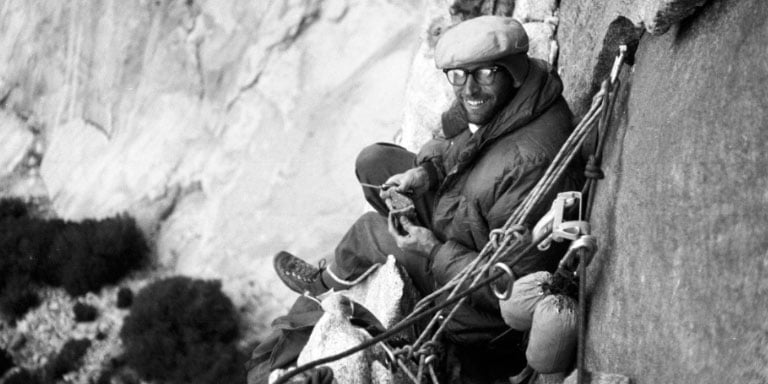
The very first pair was developed by outdoor clothier Royal Robbins, with the intent to serve as multifunctional hiking and climbing pants. Years later, a few Colorado FBI agents, who also happened to be avid climbers, found the resilient pants could be used for more than scaling mountains. Eventually, they made it all the way to the FBI Academy in Quantico, Va. Word spread like wildfire, and soon tactical pants were adopted by law enforcement, first responders and security professionals. Just like that, pants once used for recreation became a major player in the industry.
As tactical pants grew in popularity, uses for them grew as well. Operators began wearing them off duty as well in the field. It wasn’t long before the elite-level functionality caught on in outdoor sports, such as shooting, hiking, hunting and camping.
Did you find this article helpful?


